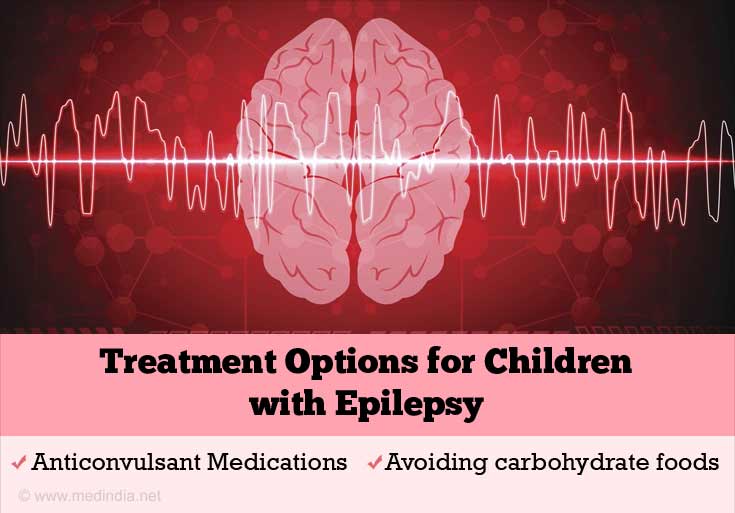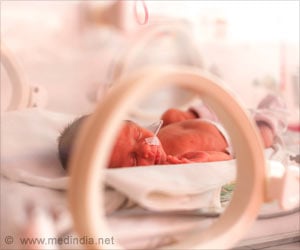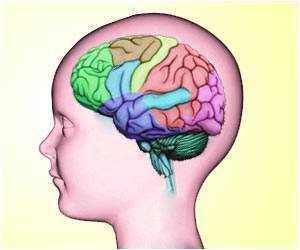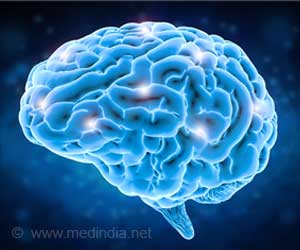How do you Diagnose Epilepsy in Children
Complete Neuropsychological assessment – Neuropsychological assessment should be done to evaluate learning disabilities and brain function particularly with respect to language and memory. It may be considered in the following situations -
- Child with epilepsy is having educational difficulties.
- MRI demonstrates abnormalities in important brain regions controlling memory and learning
- Reported memory issues or deterioration of brain function and comprehension
Blood tests – These are done to determine the general health status as well as presence of low blood sugar, diabetes or electrolyte abnormalities
ECG (electrocardiogram) – An ECG is a recording of the heart’s electrical activity and may provide clues whether the seizures are caused by a heart abnormality
Brain scans - A brain scan can help find the cause of the seizures. The two types of scan employed most commonly include MRI (magnetic resonance imaging) scan and computerized axial tomography (CAT) scan
The scan gives pictures of the brain which might show an abnormality such as a scar or tumor on the brain. However in many people a brain scan does not reveal an identifiable cause

Electroencephalogram (EEG) – An EEG records the electrical activity of the brain and produces a record in the form of waves which are analyzed to look for abnormalities that may point to a possible cause as well as assess response to treatment
How do you Treat Epilepsy in Children?
A majority of young children with epilepsy are able control their seizures by using one or more anticonvulsant medications and other measures. The various forms of treatment include -
- Anticonvulsant Medications
- Ketogenic diet
- Surgery
- Vagal nerve stimulator
Anticonvulsant medications
The choice of drug or combination depends on the type of epilepsy and severity. While taking them, the possible side effects have to be borne in mind and regular follow-up and tests are necessary
The commonly used anti-epileptic drugs include phenobarbital, valproic acid, phenytoin, carbamazepine, felbamate, lamotrigine and topiramate
Ketogenic Diet
Another form of treatment, the ketogenic diet helps some children with epilepsy. It is based on the fact that avoiding carbohydrate foods promotes the formation of a class of chemicals, called ketones. Ketones can help control some seizures. The side effects of this diet include constipation (due to low fiber content) and kidney stones
Surgery
Some cases with intractable epilepsy are candidates for surgery. Seizures that respond well to surgery are those that start from a specific area of the brain, rather than from several areas. Available surgical procedures include removal of a well-defined portion of temporal lobe to hemispherectomy (removal of nearly half the brain). The risks of surgery and benefits have to be carefully weighed in each case
Vagal Nerve Stimulator
The vagal nerve stimulator is a small, battery-powered electrical device. It is implanted below the collarbone under the skin. It periodically delivers intermittent electrical impulses to the vagus nerve. These signals are then transmitted to the brain and help to control seizures by an unknown mechanism. It is approved if the epilepsy does not respond to drugs. It is also called refractory epilepsy.

How to Prevent Epilepsy in Children?
- Avoid known triggers such as stress or anxiety, sleep deprivation, bright lights, too much TV or hormonal changes associated with pregnancy and menstruation
- Avoid alcohol and drugs
- Consume a healthy balanced diet
- Get a good night’s sleep
- Take medications regularly as prescribed by your doctor and do not skip doses
- Learn stress management and relaxation techniques










